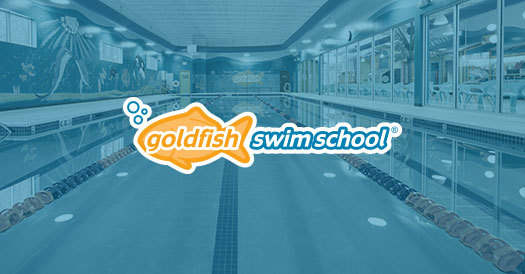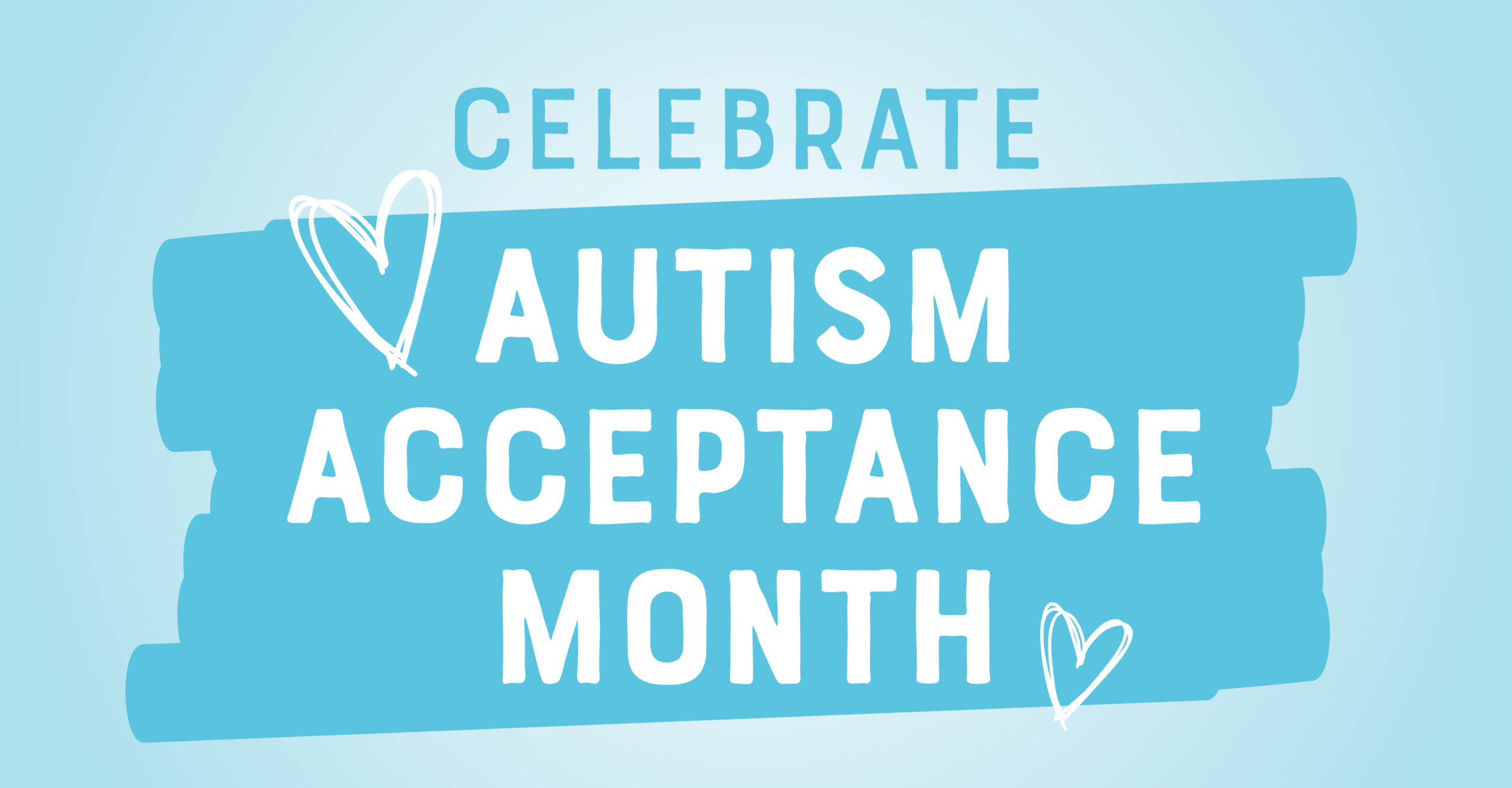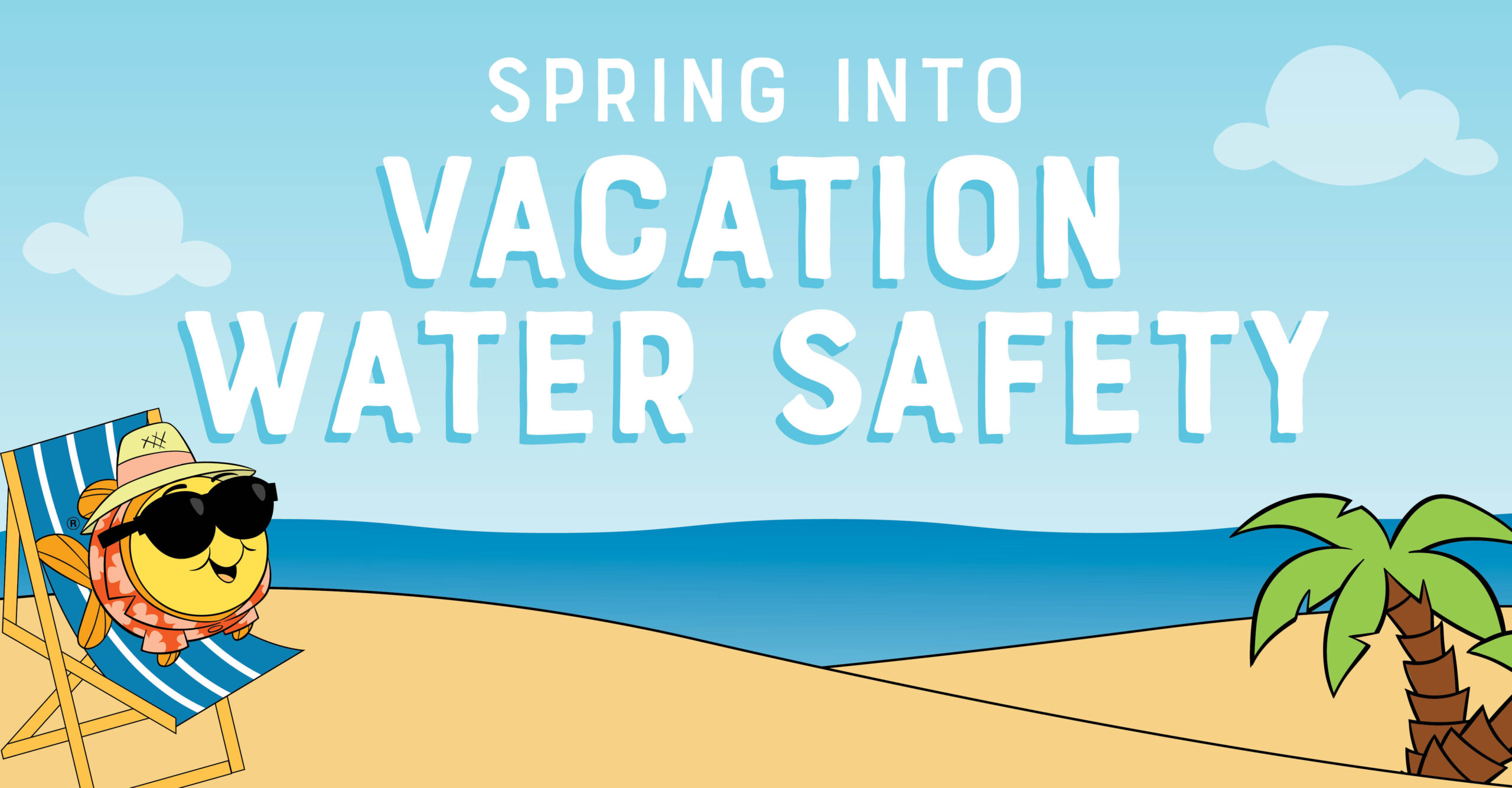How Often Should Your Child Go to Swim Lessons?

Are you trying to decide how often to take your kids to the pool for swimming instruction?
There are a lot of things to consider.
Figuring out what makes the most sense for your situation will be influenced by:
- What your goals are
- How open your schedule
- Whether your kids think swimming is fun (or a chore)
- What you want to spend
- How much value you are getting per lesson
- Etc.
Perhaps the biggest factors to think about is your kids’ unique needs. Every child has its own skill level, pace of learning, level of interest, and innate ability. What works for one child won’t necessarily make sense for another. Nevertheless, some general guidelines can help you determine how often you want to visit the pool.
What Are Your Goals?
To evaluate what makes sense for you and your family, you should consider what your swim goals are.
- Do you want your kids to progress from one level to the next in a certain amount of time?
- Do you want your kids to get acquainted with water safety skills before a certain age?
Starting with these questions can help you figure out how many times a week to meet with professional swimming instructors.
The Most Important Goal: Learning the Essentials of Swim Safety
The first goal that every parent should prioritize is having their children learn the basics of swim safety and water competency. Too many children die of drowning each year due to unfamiliarity with how to react in the water. Basic skills that help a child remain calm and orient themselves in the water can be lifesaving.
Some of the basics of safe swimming and water competency include the following:
- Submerging and resurfacing in the water
- Turning over to float on one’s back
- Breath control underwater
- Turning around
- Moving forward
Getting familiar with each of these can begin very young. Infants can learn to float on their back before they are twelve months old. Other skills like moving and turning around can be learned once sufficient motor development has occurred.
Goals to Consider by Age
What kinds of skills can be learned at each age may be helpful in deciding how often to take swim lessons. Here are some benchmarks that can be reached at different ages.
Infants
Infants can learn very basic safety skills like remaining calm in a water environment, submerging and resurfacing, and turning onto their back. Many people don’t realize that babies can learn to float before they turn 1.
1 Year Old
After turning 1, some children can learn how to use their legs for brief propulsion while being held by an adult; but for the most part, children at this age are just getting familiar with the water and having fun. Playing games and splashing around in the water helps to develop a sense of comfort with being in the water.
2 Years Old
2 year olds can start to learn the safety skill of moving toward the nearest wall while they are in the water. They can begin practicing splashy kicks, which they will start to associate with sustained forward motion. More advanced children at this age can swim 5 feet independently and submerge underwater comfortably.
3 Years Old
Practicing breath control is something that can start at this age as kids learn to count while holding their breath. Other breathing exercises like bobbing (sinking and exhaling) as well as blowing bubbles can become more of a focus. Learning to jump into the water and get back to the wall can begin for some. More advanced swimmers can swim 7 to 10 feet on their own.
4 Years Old to 6 Years Old
Children at this age can begin to swim in a more coordinated manner. They can start to learn the freestyle stroke. They can also be introduced to the butterfly stroke and the backstroke. They may be able to swim for 15 to 20 feet. They can begin to use the kickboard to swim independently.
5 Years Old to 12 Years Old
At 5 years old, children can start to learn how to breathe while swimming by turning their head to the side. From 5 years onward, they can advance their skill with the various styles and strokes. The less advanced may be able to reach distances of 20 to 40 feet. The more advanced will begin to swim medley and transition between different strokes. More advanced swimmers may reach a full 100 yard distance.
Minimum Recommendation: Once a Week
Having swim lessons at least once a week is a good way to avoid your kids forgetting what they have learned. Since repetition and reinforcement are essential components of childhood learning experiences, having a weekly visit to the pool can ensure proper uptake of skills and techniques.
For More Consistency: 2-3 Times a Week
You may want to bring your kids in for instruction a few times a week if they are eager to learn. Multiple visits in a week may also be a great way for kids to get comfortable more quickly if they are dreading their time in the pool. Obviously, visiting more frequently usually means that kids will see their abilities advance more quickly.
Some parents find that some weeks are busier than others so they will attend more frequently on some weeks, while other parents are able to devote more time in certain parts of the year. (Summer swim camps may be the right fit if this is your situation).
Goals Should Be Built Around Your Child’s Unique Needs
Some kids don’t like the idea of visiting the pool. Other kids seem ready to jump in immediately. At Goldfish Swim School, we have swim classes built for every skill level and age group so that your child gets the right attention for their situation. Sometimes, a child just needs encouragement to learn to have fun in the water. This is something we always prioritize no matter how advanced your child may be.



